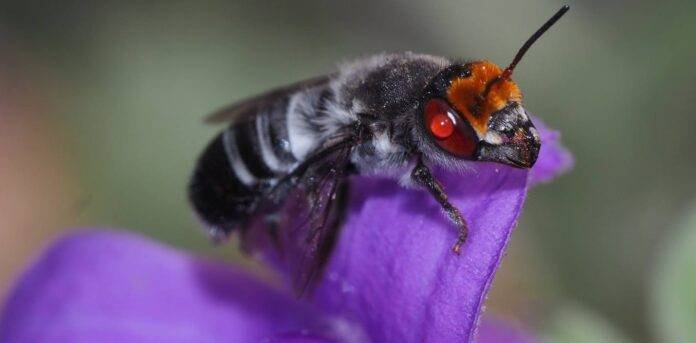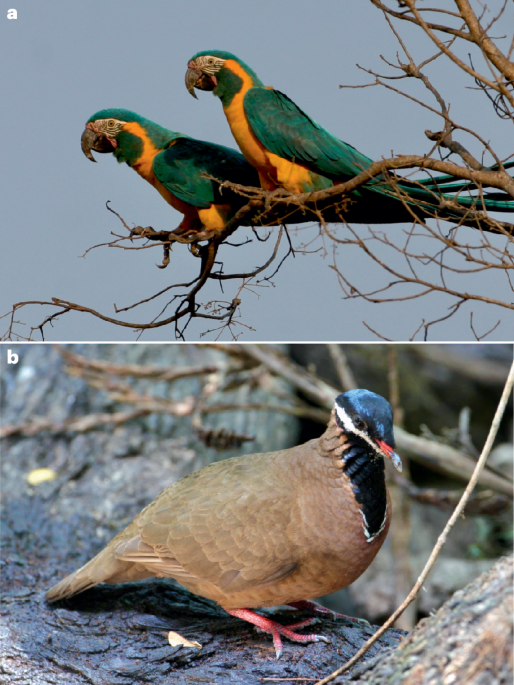
Imagine trying to put together a giant puzzle where each piece represents an interaction between a flower and the insect, bird, bat or other animal that helps it reproduce. In recent years, scientists have gathered millions of these “puzzle pieces” into massive online databases, offering an unprecedented view of how plants and their pollinators connect around the world.
But there’s a catch: not every entry in these databases is equally reliable. Did the researcher actually watch the insect brush pollen against the flower’s stigma? Or did they simply note that the insect visited the blossom and assume pollination happened? Without clues about how each plant–pollinator link was documented, users can’t tell solid evidence from a best guess.
That’s why a growing number of projects are now tagging every interaction with a “data quality badge”—a short note explaining the exact kind of proof behind the record. For example:
- Direct observation: A scientist observed an animal pollinating a specific flower.
- Pollen analysis: Pollen grains matching that flower were found on the insect’s body.
- Inferred pollinator: The animal regularly visits those flowers and shares similar traits with known pollinators.
Initiatives like the Pollinators of Apocynaceae Database and the Database of Pollinator Interactions (DoPI) have already adopted these quality flags. The upcoming USDA-NRCS PLANTS database is doing the same, and Brazil’s REBIPP network has developed a standardized set of terms—rooted in the global Darwin Core standard—to make sure everyone speaks the same “pollinator language.”
Why is this important? When you know the strength of the evidence behind each plant–pollinator link, you can:
- Fill in real knowledge gaps with confidence.
- Identify weak spots in our understanding that need more fieldwork.
- Build better conservation plans, targeting the most critical pollinators for at-risk plants.
Ultimately, adding clear data-quality labels turns these massive collections of observations into powerful tools for science, restoration, and education. And that’s good news not only for researchers, but for every garden, farm, and wild ecosystem that depends on diverse and abundant pollinator communities.
These issues are explored in a new, open-access paper written by colleagues from Brazil, the USA and myself. In the paper we discuss the importance of data quality in plant-pollinator databases and suggest methodologies for improving it. Here’s the reference with a link to the paper:
This paper is a direct output from the EU-funded WorldFAIR Project in which I was involved, though we also acknowledge the SURPASS2 project as a precursor to this. Looking ahead, we’re also going to be adopting the recommendations from our paper in the new Butterfly Project (also EU-funded). Finally, by way of a teaser, I can tell you that our new paper will also be relevant to another large project in which I’m involved, that has successfully secured funding…but you’ll have to wait until later in the year to hear about that!
Thanks to Chris Taliga for the photo.






